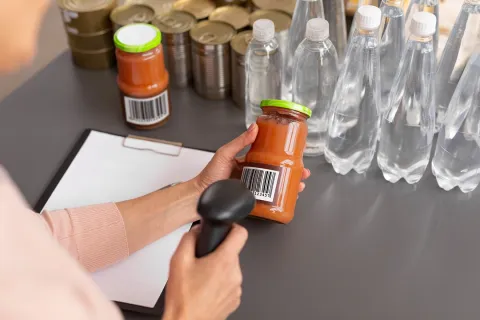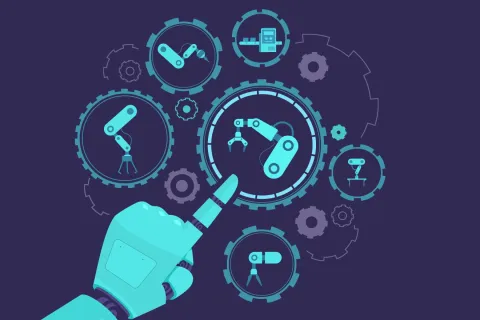The pharmaceutical supply chains are highly complex, with multiple stakeholders like manufacturers, suppliers, technology providers, packaging partners, and retailers obliged to maintain the Regulatory standards for quality, safety, and procedural accuracy throughout the product lifecycle. As each product moves down the supply chain, stakeholders involved at every level of the product lifecycle have to secure the supply chain integrity, to ensure consumers have access to safe and authentic products; which otherwise leads to counterfeiting, recalls, and delays that can ultimately risk the patient safety.
Therefore, it is necessary to track, verify, and record the events at every level to enable the generation of accurate and real-time data for Regulatory purposes like labeling. If discrepancies arise during the labeling process, it becomes difficult to isolate the offending products from the supply chain. Going further, when visibility in the fragmented supply chains are clouded with frequent label changes due to changing customer requirements, changing regions, changing regulations, and changing products, it causes labels to become inaccurate, false, or misleading, which could lead to patients ending up with wrong products.
Organizations must take steps to update their labels quickly and efficiently and ensure timely implementation of those changes. The only way organizations can ensure this is by having better visibility of the movement of the products by a centrally managed labeling system with accurate traceability, good control on the flow of information, and end-to-end content harmonization.
Traceability:
Across the product lifecycle, it is pivotal to establish a link between the product registrations, product pack sets, commercial artwork components, and the supply chain items. This is because end-to-end traceability of information from label ‘content’ to ‘carton’ enables stakeholders to trace the product at all functional divisions; right after dispatch from the warehouse, distribution to destination countries and until they reach the shelves in the pharmacy stores.
Control on the Flow of Information:
Labeling information confirming the safety and efficacy of the product is carried throughout the supply chain. Since there are multiple line functions involved in the supply chain, the information must be shared more efficiently at all points in the supply chain. Having control over the flow of this information like, regularly checking and keeping detailed records of the quality and maintaining timely receipts of this information helps in avoiding both operational and commercial risks.
Content Harmonization:
Companies must ensure that their labels are up to date with changes in safety and efficacy data. To do this, they need to have a holistic view of their products and be able to compare the labels in real-time. Only then can they ensure that the labels are updated with the most recent safety and efficacy developments; artworks are updated with the changes to the product’s information; and the regional labels are in harmony with one another.
A well-managed and compliant labeling process ensures smooth flow of the supply chain, maintains brand consistency, improves operational efficiency and supports business growth. But, manually managing the labeling process would be cumbersome, necessitating the automation of the process. A technology-driven, centrally managed labeling tool mitigates supply chain risks, drives supply chain efficiency and ensures compliance. Consider integrating a comprehensive tool that manages the label lifecycle right from the content to carton in real-time.










